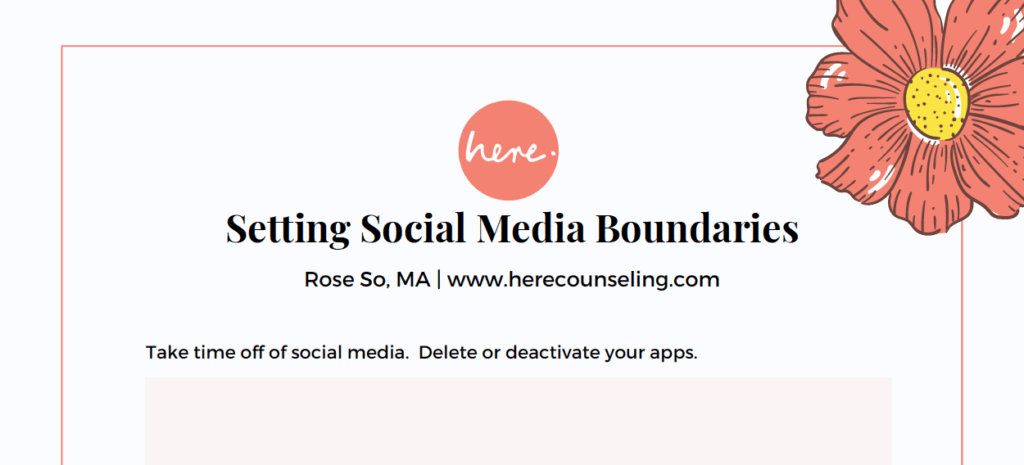Listening is “fixing”: how to help your partner when they’re sad or scared
“I don’t want you to just fix the situation – can’t you just hear me?”
For many couples this is a familiar rough spot. Maybe one partner is overwhelmed by something difficult, and the other partner – often well intentioned – responds by finding solutions to the pain. This can be a place of contention and can escalate quickly. Each partner can be frustrated. One feels unheard and dismissed, the other feels helpless.
Yet there’s a way both partners can learn to navigate these difficult moments to create deeper connection. To start, we need to ask an important question:
Why do we share emotions?
This may seem like a silly question, but let’s think about this for a minute. What is the function of sharing an emotion with another person? Why do we do it? Why, in this imagined scenario, does one partner want to be “heard” and share their feeling?
Emotions are at the core of our daily lived experience of the world. Before we think or act, we feel. A feeling is a potentiality toward a certain action. Just like hunger is a potentiality that is satisfied by eating (think of the cathartic relief of a large dinner after a day of fasting!), emotions are potentialities that are satisfied by… well, that’s a bit more unclear isn’t it?
Let’s think about this:
When we’re feeling sad, for example, what is the sadness needing?
When we’re feeling scared, what is the anxiety needing?
It’s needing to be shared.
This is what neuropsychologists call “attunement” – it’s the way our brains tune-in, just like a radio, to another person’s feeling. By tuning in and sharing the feeling together, something really remarkable happens: the feeling starts to recede. Sharing emotions is about inviting another person to experience our emotions with us so we can feel safe again.
Once we’re safe, it becomes much easier to think together about solutions.
Our frontal lobes, responsible for planning and strategic thinking, go offline when we’re overwhelmed, but do a much better job when we feel safe and understood.
This is a process that happens naturally for all of us. When we watch someone get tackled in a football game, our minds naturally share his emotional experience. When we watch a contestant win a sing-off, we find ourselves tearing up with them. Our anterior cingulate cortex is responsible for simulating another’s experience in our own minds. We are built to naturally do this – to deeply share and tune-in to the emotional experiences of others. This is such a powerful and constant experience, that it’s more accurate to say emotions happen BETWEEN people, rather than “within” a person.
So if this is so natural, why do we have such a hard time doing it with those closest to us?
Here’s the short answer: when we can’t attune to a certain feeling our partner is having, it’s because this feeling wasn’t attuned to well in our own histories. For some of us, we’ve learned that our own cries for help when we’re scared, or our own cries of sadness when we’re hurt actually drove our parents farther away from us. Or possibly, no one heard our cries at all. There can be an eerie sense that as you start to share that same emotion with someone today, that you’ll be left in the same bad place you were before: alone and maybe even ashamed. Tuning out of that emotion can be this way that you’re saying to yourself and your partner: “don’t cry out like that, I’ve known what it’s like and it doesn’t end well.”
These kinds of experiences – where we find ourselves pulling away instead of tuning in – can be powerful to share with our partners.
Sharing the ways our own anxiety or sadness or anger was dismissed can be an important step toward learning to tune in better together. It might be best to pick a moment when your partner and you have cooled down.
Therapy helps us grow in awareness about how our own histories of connection contribute to our experience of our current relationships. Growing in empathy and understanding for our own cries, our own ways of surviving, can help us see ourselves and others more clearly, and experience a more satisfying connection with others.
So next time a conversation comes up around a strong feeling, know that the best way to fix it is actually to tune in, share the emotional experience with your partner, and together feel safe and connected again.









